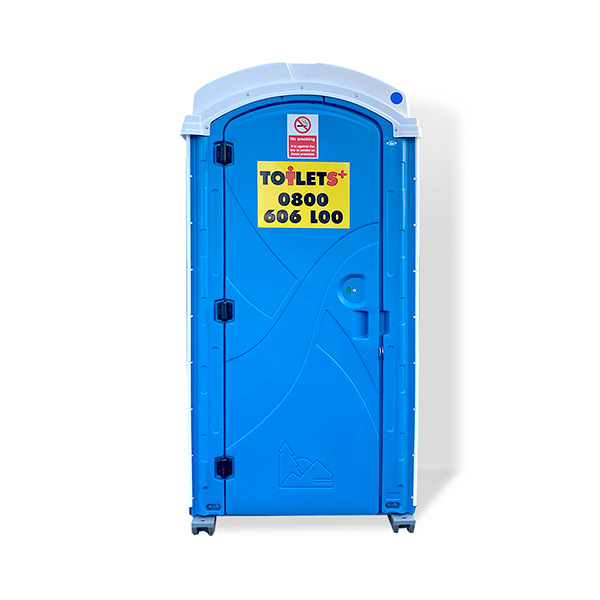
The History of the Portable Loo
Whilst there are rudimentary variations of the portable toilet, including the chamber pot, the portable toilets that we know today originated in the 1940’s. As experts in all things porta-potty, we thought we’d delve into the history of the portable loo to give an insight into how they have evolved over time.
In the Beginning (1940s)
The beginning of the portable toilet as we know it today was during World War II, in the 1940s. The story goes that whilst working in the shipyard in Long Beach, California, the period of time spent simply walking from the ships to the toilets far down the other end of the dock was astonishing. One gentleman observed this happening, and began to question the practicalities of this trip to the loos, seeing it as a waste of time and completely impractical. So, he began asking around, seeing if anyone could create a more portable option for toilet facilities, one which could be placed on the ships themselves.
Once made, these portable toilets did work well for the most part, and did their job in providing the workers with a place to, well, do their business without having to trek to the other side of the dock. However, they were made using heaving woods and metals, making them difficult to empty, and in all honesty not very portable, often being too heavy to easily get them on and off the ships. In addition to this, they were difficult to clean, and the odours got trapped in the wood, meaning the smell would progressively get worse throughout use.
During the same period, early versions of the Elsan Chemical Coset were used across various military fields. The Elsan was the foundation upon which chemical portable loos were built, and was most commonly used in bomber aircraft. These had similar problems to those used on the shipyards in California, often being difficult to empty and retaining their odour despite cleaning attempts.
Patented Portable Toilets (1960-70s)
The first patented portable toilet was awarded to George Harding, which was made entirely of plastic. However, this took a little while to produce and manufacture, but progress was still made in the early ‘70s with the widespread use of fibreglass units. Fibreglass units were a vast improvement on the heavy wooden and metal units, being lightweight and therefore more easily emptied and cleaned. Although it didn’t improve in all aspects, the odour was still absorbed by the fibreglass, and of course no one wants portable toilets that smell bad!
Harding’s patented portable toilets, made of rigid plastic, were the only unit to overcome the obstacle of bad odours at this time. The sturdy plastic retained its shape, but was still lightweight, with smooth surfaces ideal for cleaning and being easy to empty and manoeuvre, these became the go-to portable potties and revolutionized the industry.
Polyurethane Portable Loos (1980s)
Portable toilets were continuously adapted, and as a result the polyurethane units you see today were produced. Polyurethane is a lightweight plastic which can be easily moulded, easily cleaned and emptied, and doesn’t retain bad odours – the perfect material for the perfect Portable Toilet!
Toilets Today
Today, toilet hire couldn’t be easier, gone are the days of walking miles to the nearest loo. We will deliver, clean and service, and collect your toilets, providing a seamless sanitation service. You can be sure that when it comes to portable toilet hire, we’ve got your back(side) covered, so get in touch today on 0800 606 100 to see how we can help find the perfect portable loo for you.